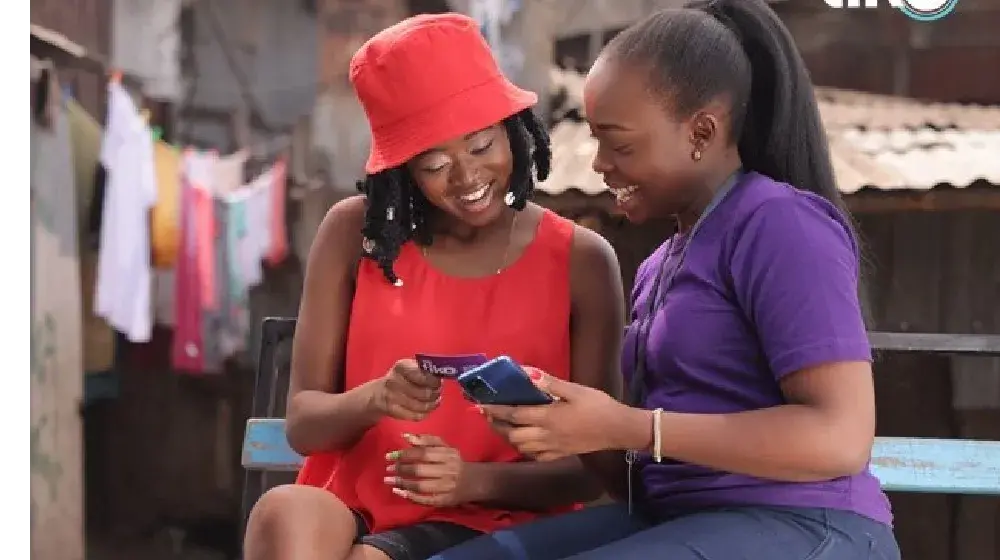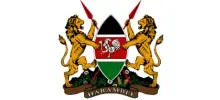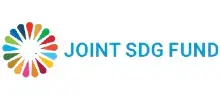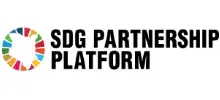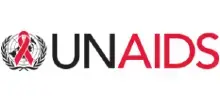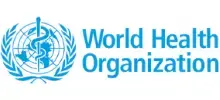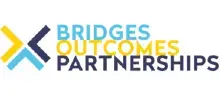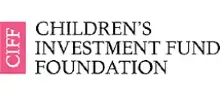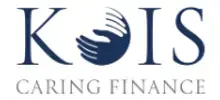
A collaborative United Nations team, comprising UNFPA, WHO, UNAIDS, the UN Resident Coordinator's Office, and the UN SDG Partnership Platform (SDG PP), has partnered with Triggerise, a nonprofit implementing organisation, to address the challenges of adolescent pregnancy, new HIV infections, and AIDS-related deaths among adolescent girls in high-burden counties in Kenya. This initiative aims to mobilise private and public sector financing through the use of a development impact bond (DIB) to improve adolescent health outcomes.
Bridges Outcomes Partnerships is providing upfront funding and support to Triggerise to enable the delivery of high-quality, youth-friendly SRH services, including HIV testing and treatment, to adolescent girls aged 15-19. The Pooling Facility has raised $9.9m to repay the upfront funding only when specific outcomes linked to the improvement of adolescent health are achieved. The project will be implemented in ten counties across Kenya: Nairobi, Mombasa, Kisumu, Homa Bay, Bungoma, Migori, Kisii, Nyamira, Kakamega, and Busia, all of which experience a significant burden of adolescent pregnancy and HIV.




